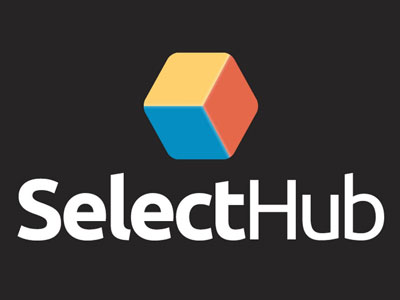Manufacturing and Supply Chain Expert, Lisa Anderson, MBA, CSCP, CLTD, president of LMA Consulting Group Inc. said, “Investing in implementing an ERP system is similar to investing in a critical piece of machinery to support sales growth and achieve a substantial return on investment. Typically, they require a significant upfront investment in software and implementation support to ensure success with the project; however, as one of the most significant business process upgrade projects any company will undertake, it becomes simply a prudent investment and mitigation of risk.”
Wading into the waters of ERP software for the first time can be tricky. However, it gets even more difficult when you realize you have to bring a team of blindfolded coworkers and managers along with you into its murky depths. ERP justification is key to removing the metaphorical blindfold and helping company stakeholders understand the potential benefits of an ERP system. This is typically done through a presentation to relevant parties who then approve (or disprove) of the proposed software solution.
In this article, we will discuss some of the key factors to address when justifying ERP to team members, how to improve the odds of positive ROI and some of the benefits a successful implementation can yield. By understanding some of the main factors needed to provide an effective ERP justification and contemplating some of the intricacies of the actual implementation, you can improve your odds of success.
Key Takeaways
- A successful ERP justification presentation contains recognition of the current business environment, documentation of challenges, clear end-goals, estimation of implementation costs and a potential ROI prediction.
- ERP implementation costs anywhere from $10,000 to more than $10 million.
- For every dollar spent on ERP, companies receive an average ROI of $7.23.
- The average time it takes for companies to start seeing benefits from an ERP system is about 14 months.



